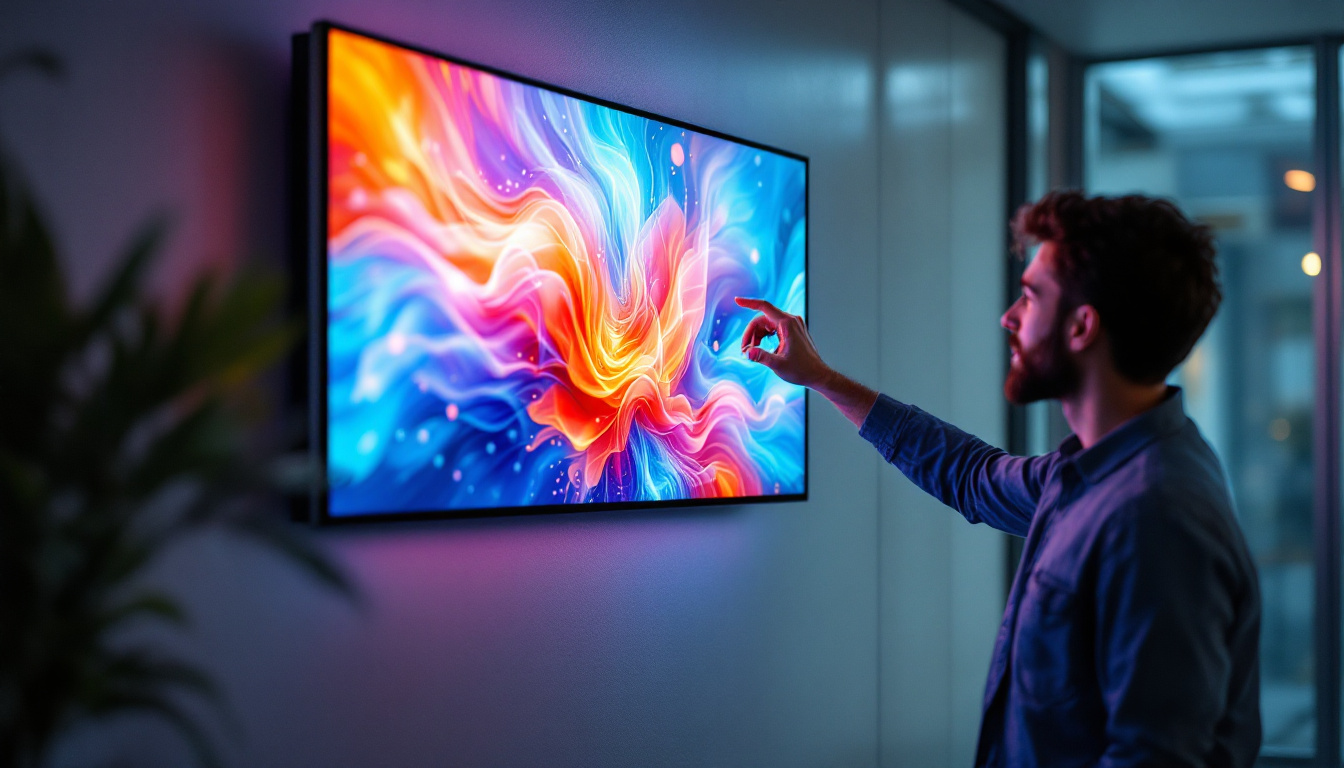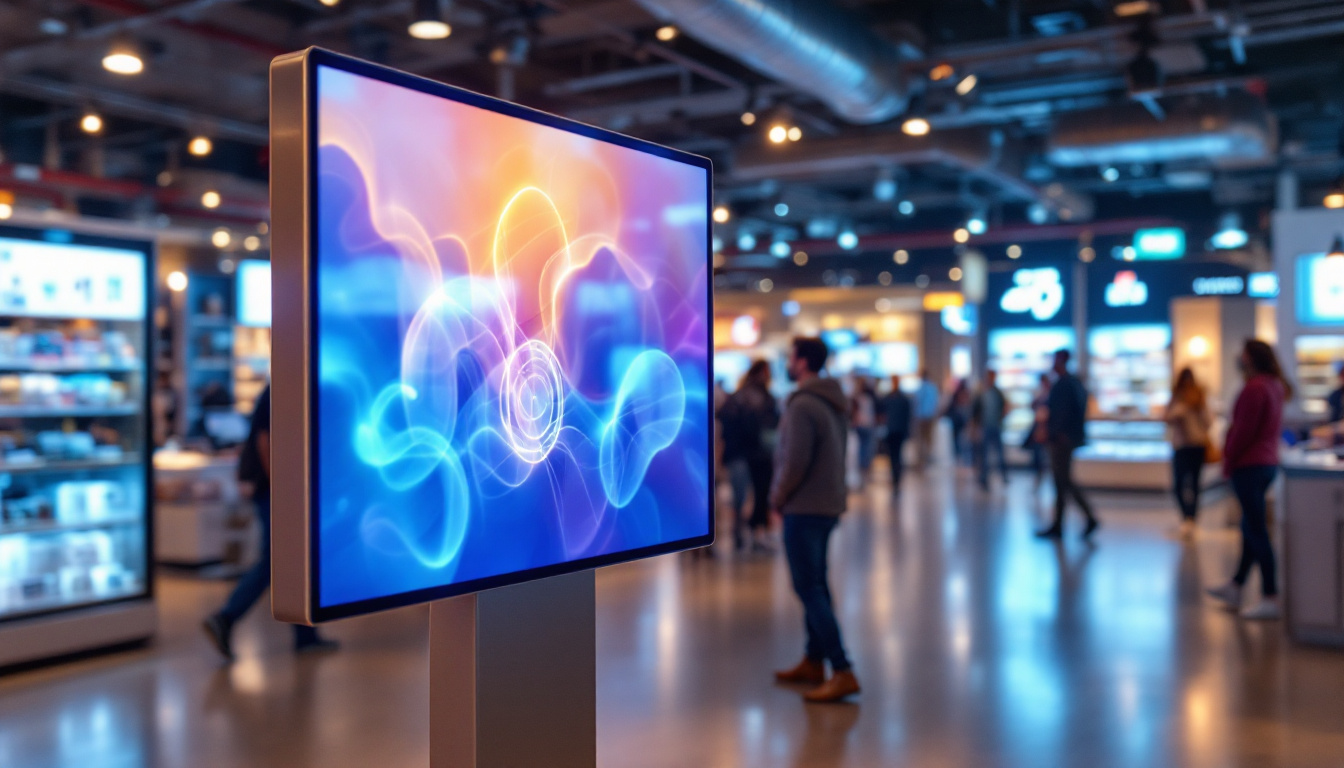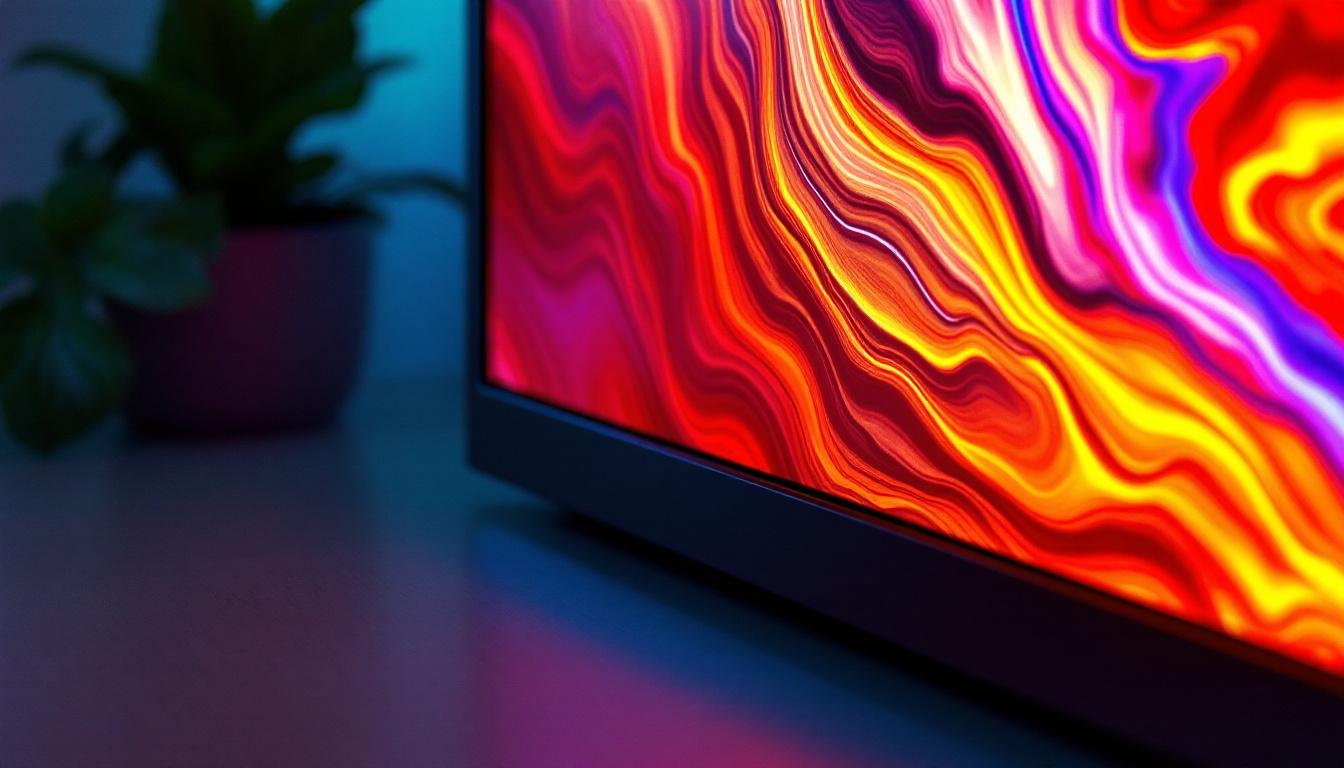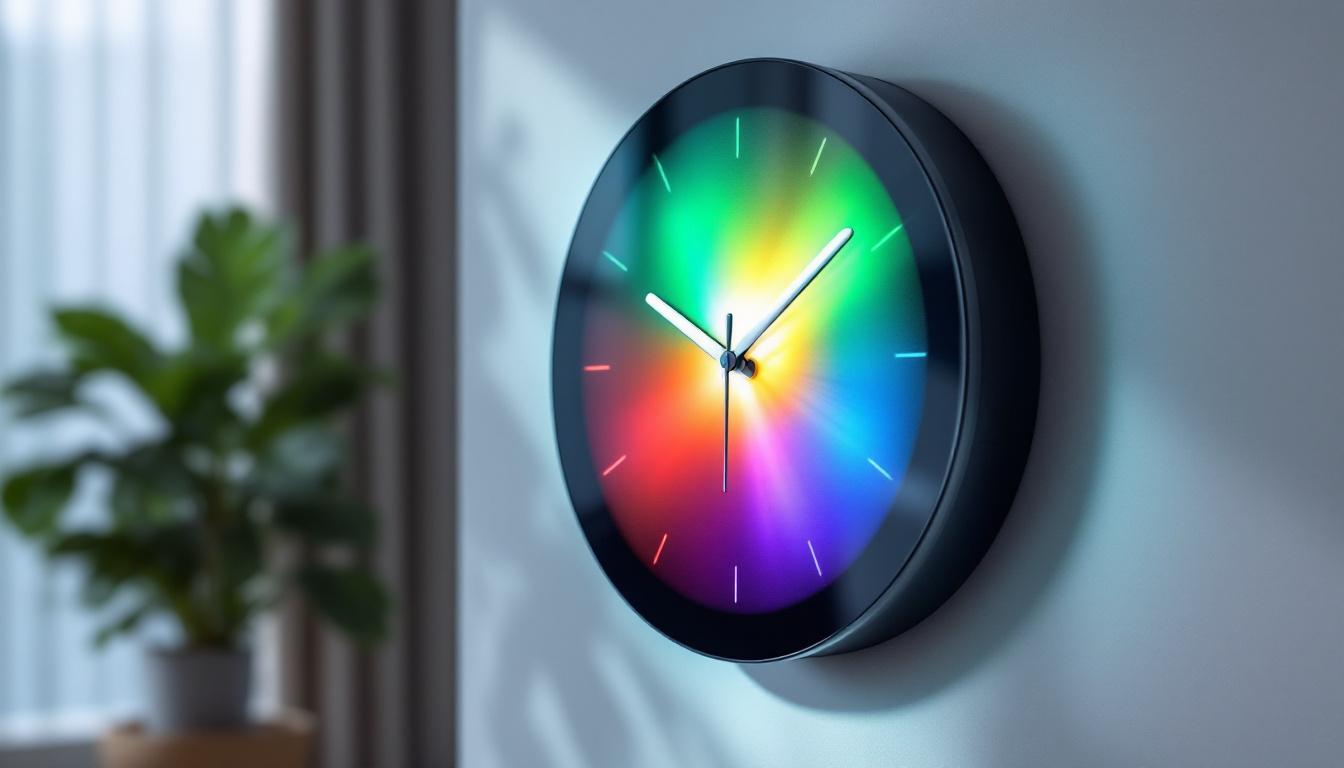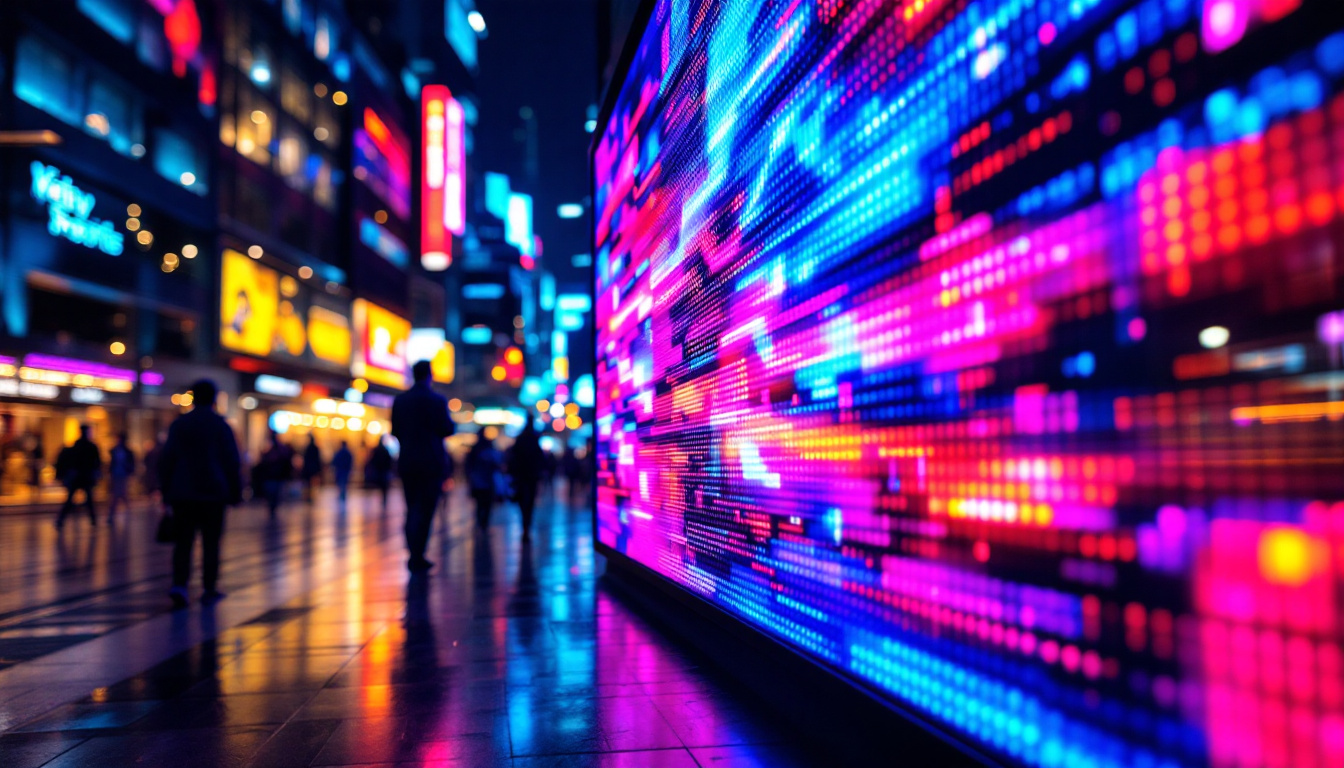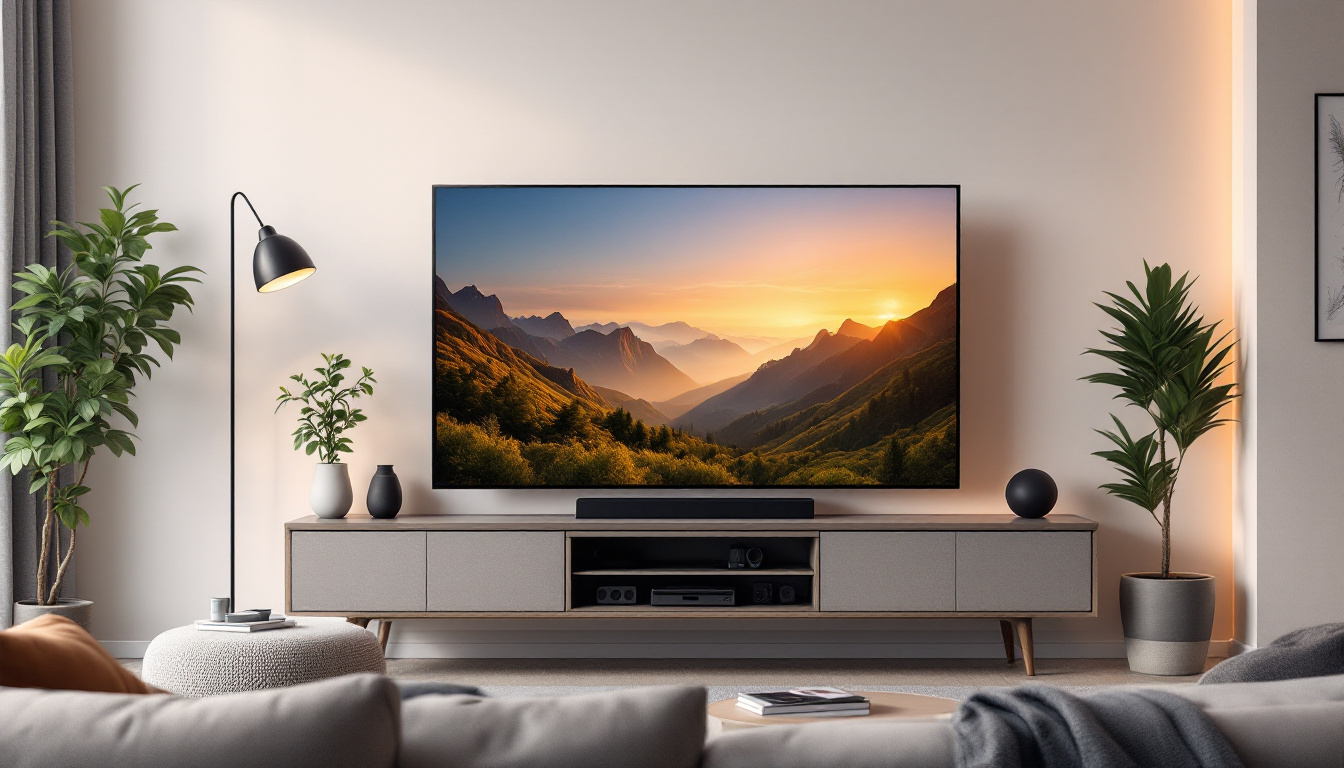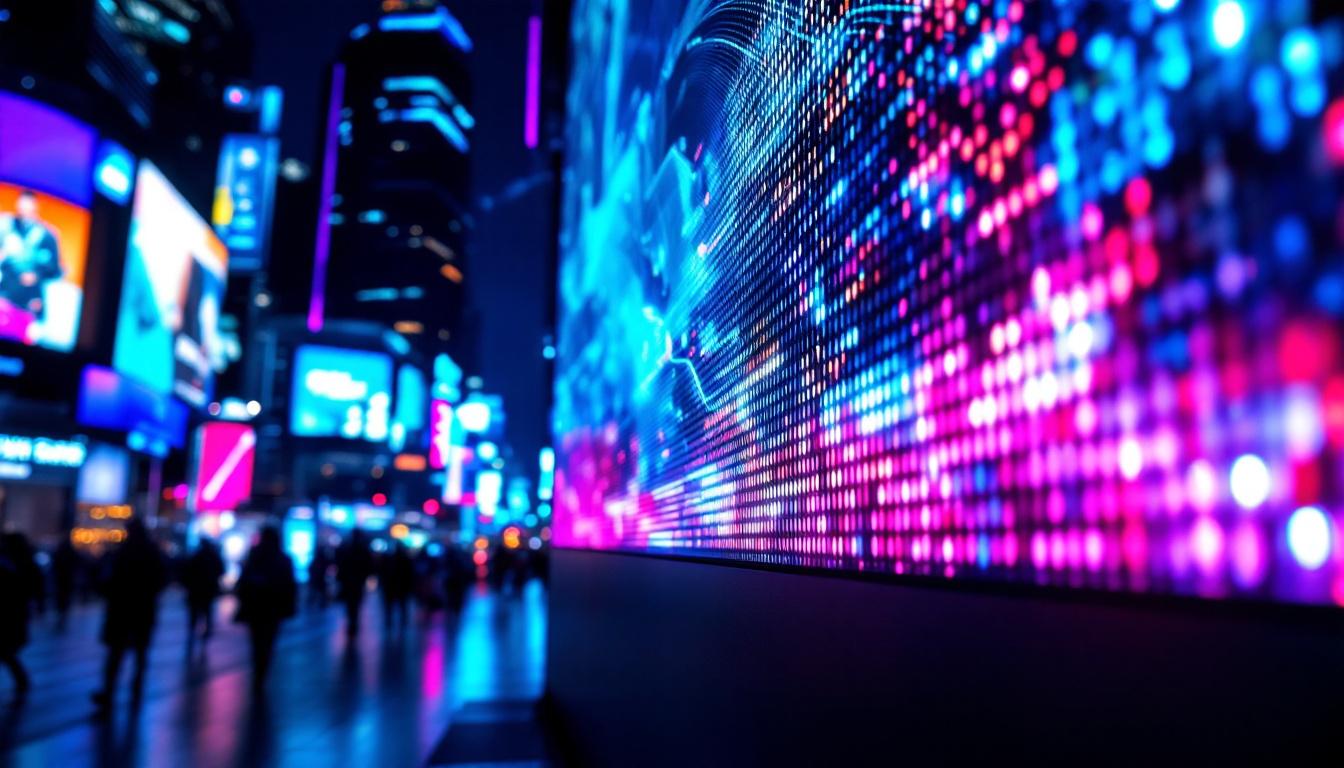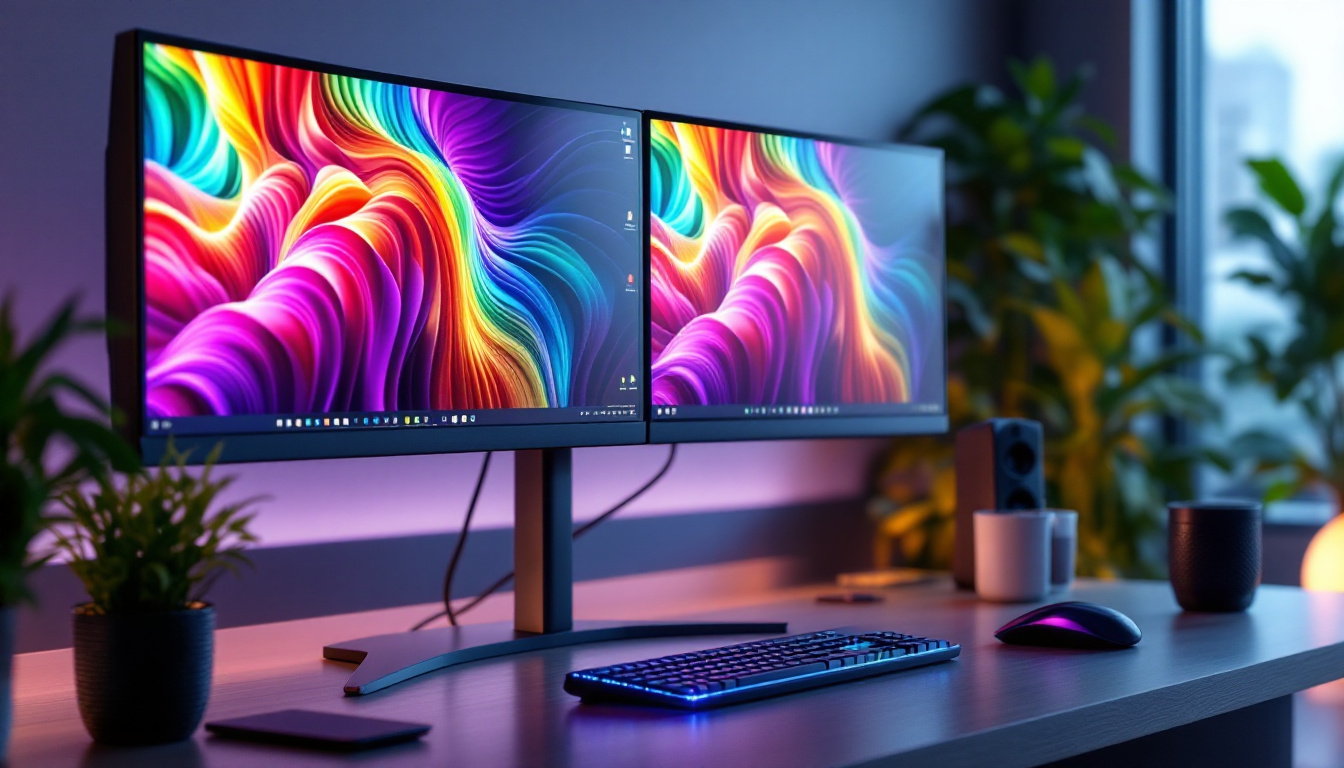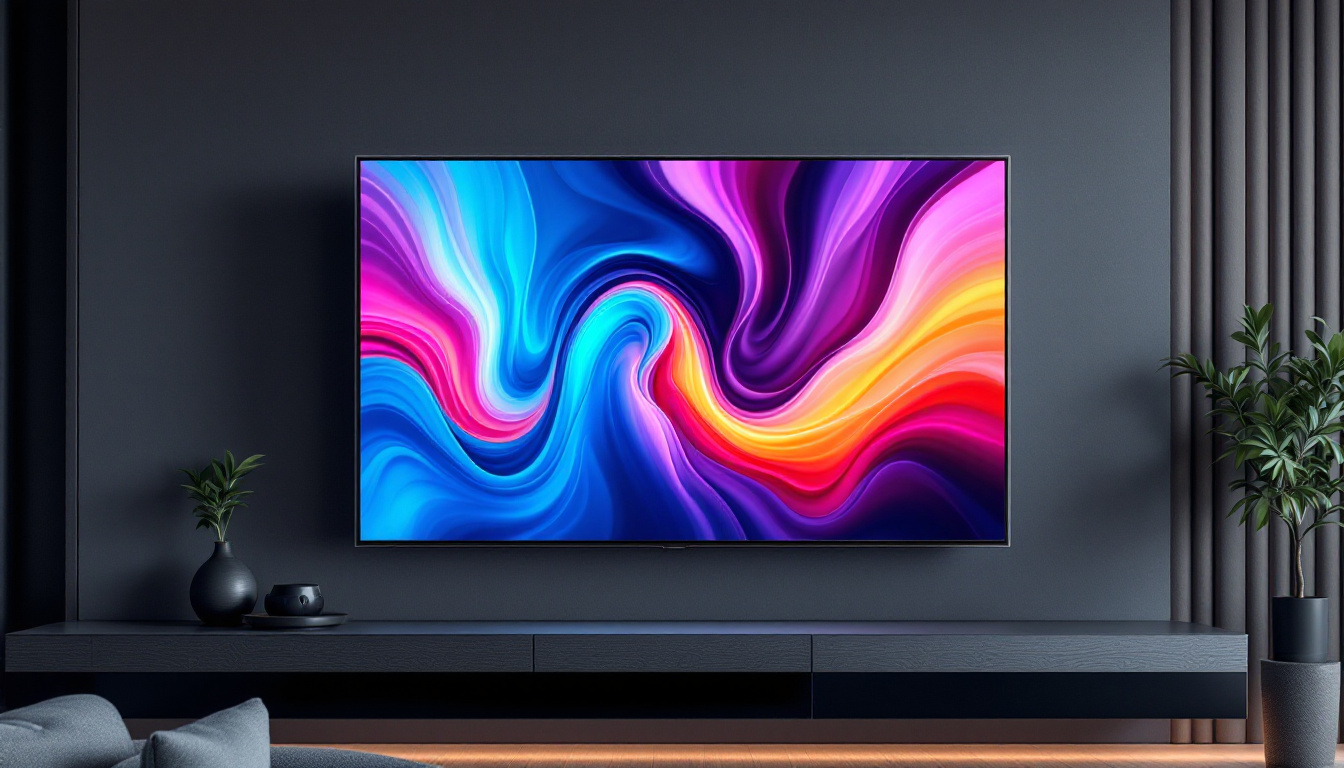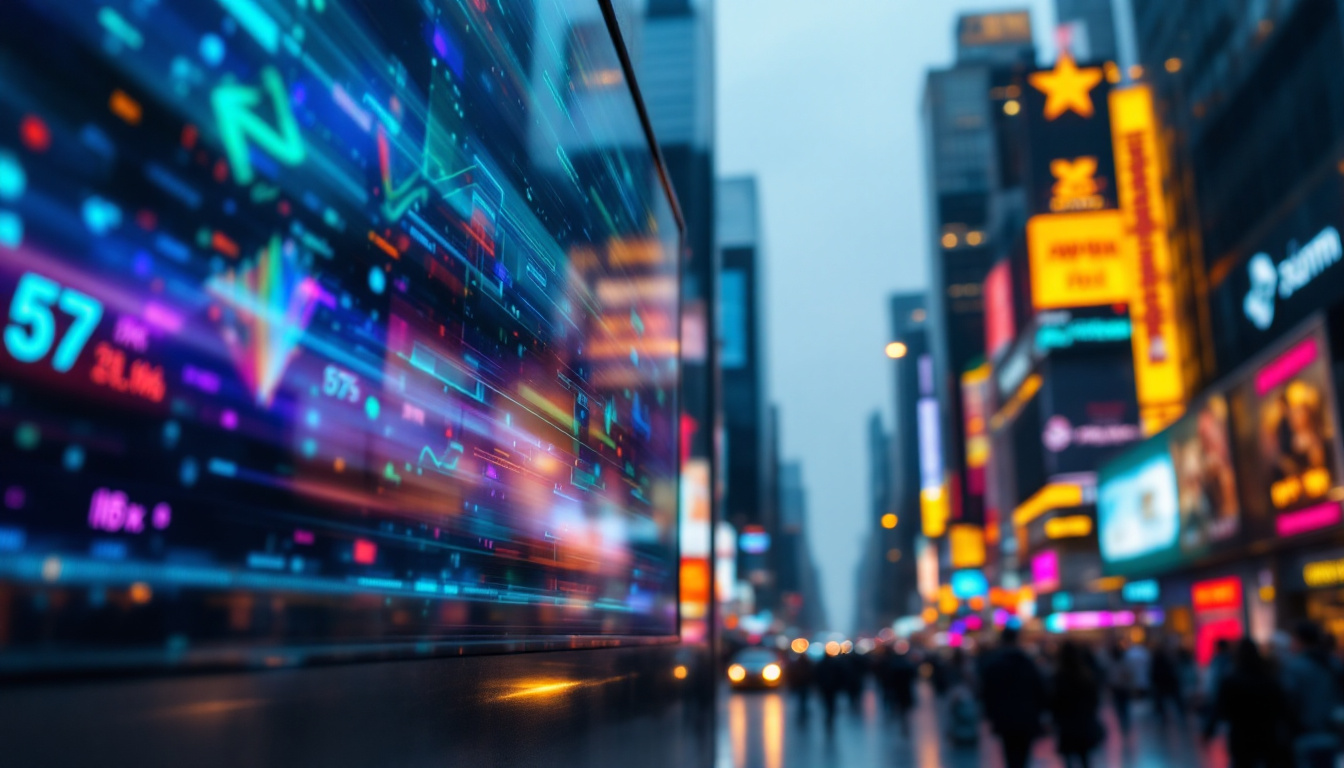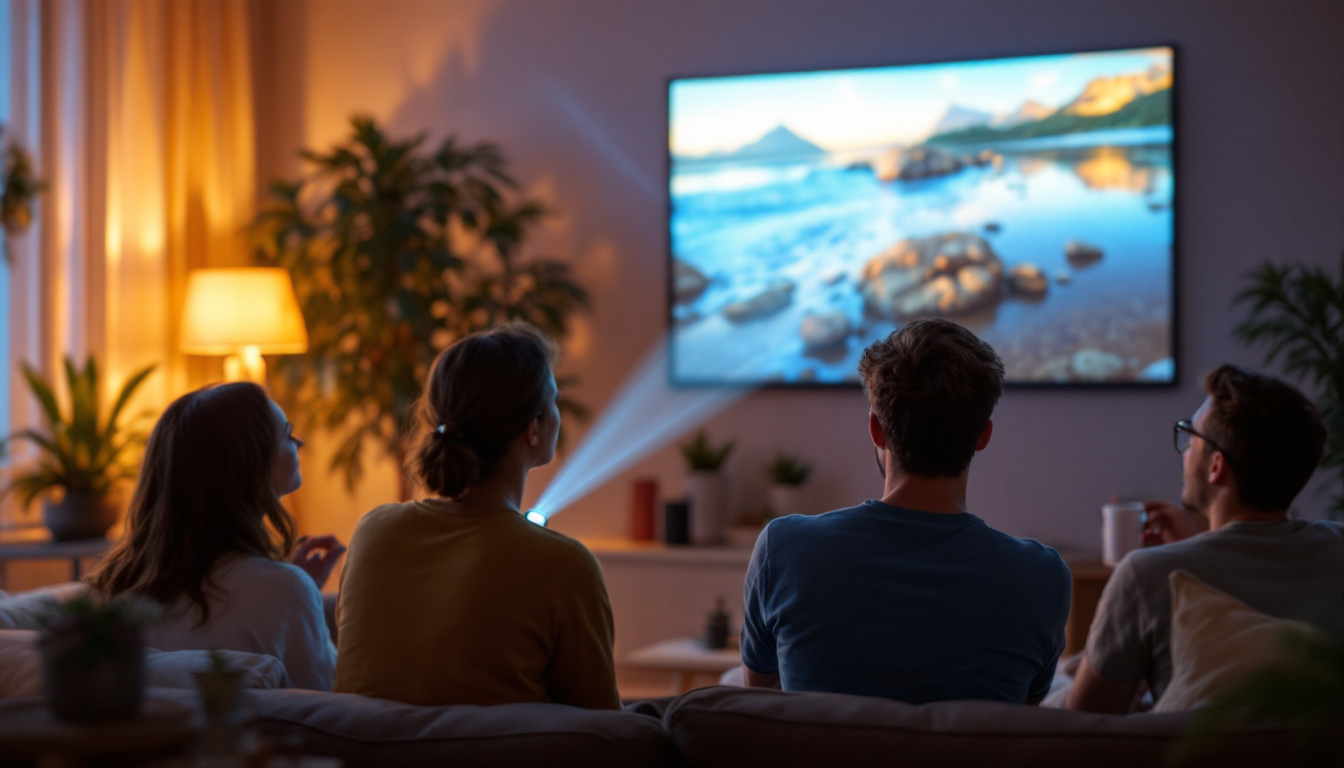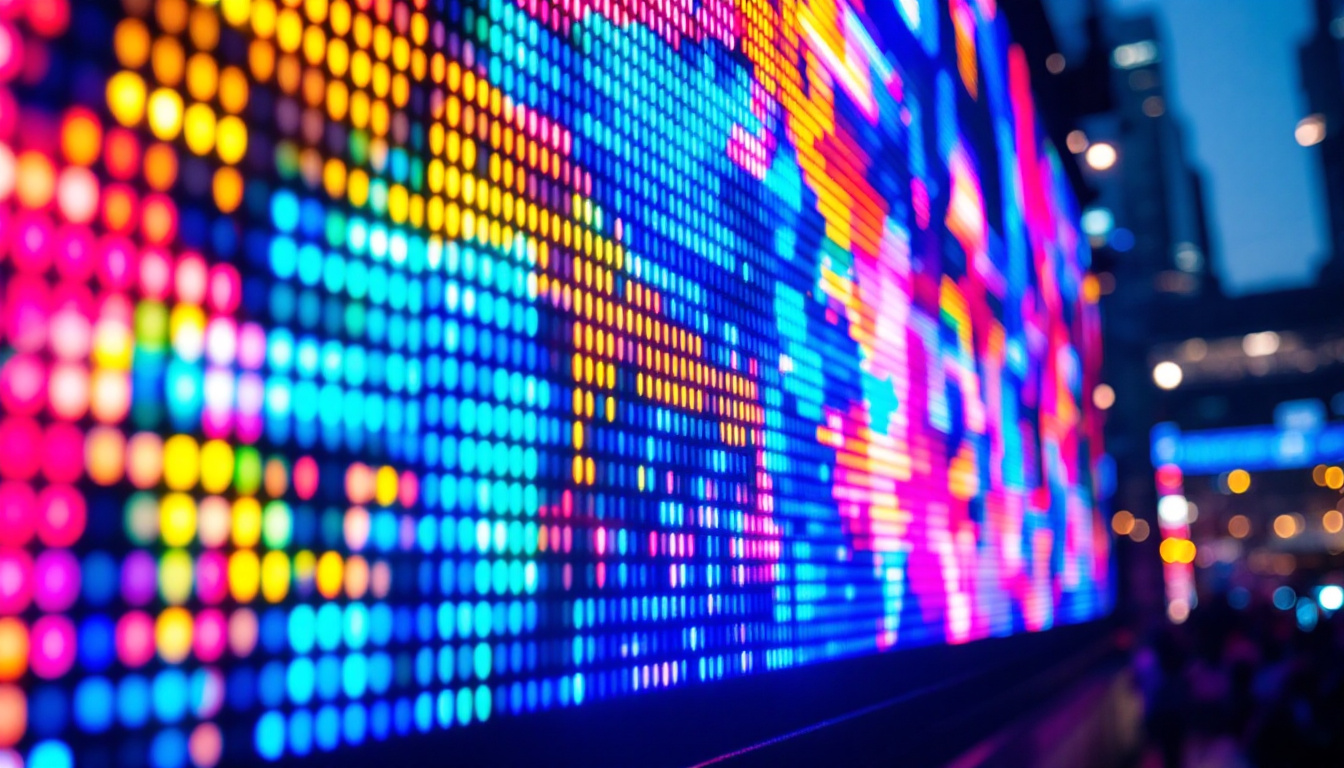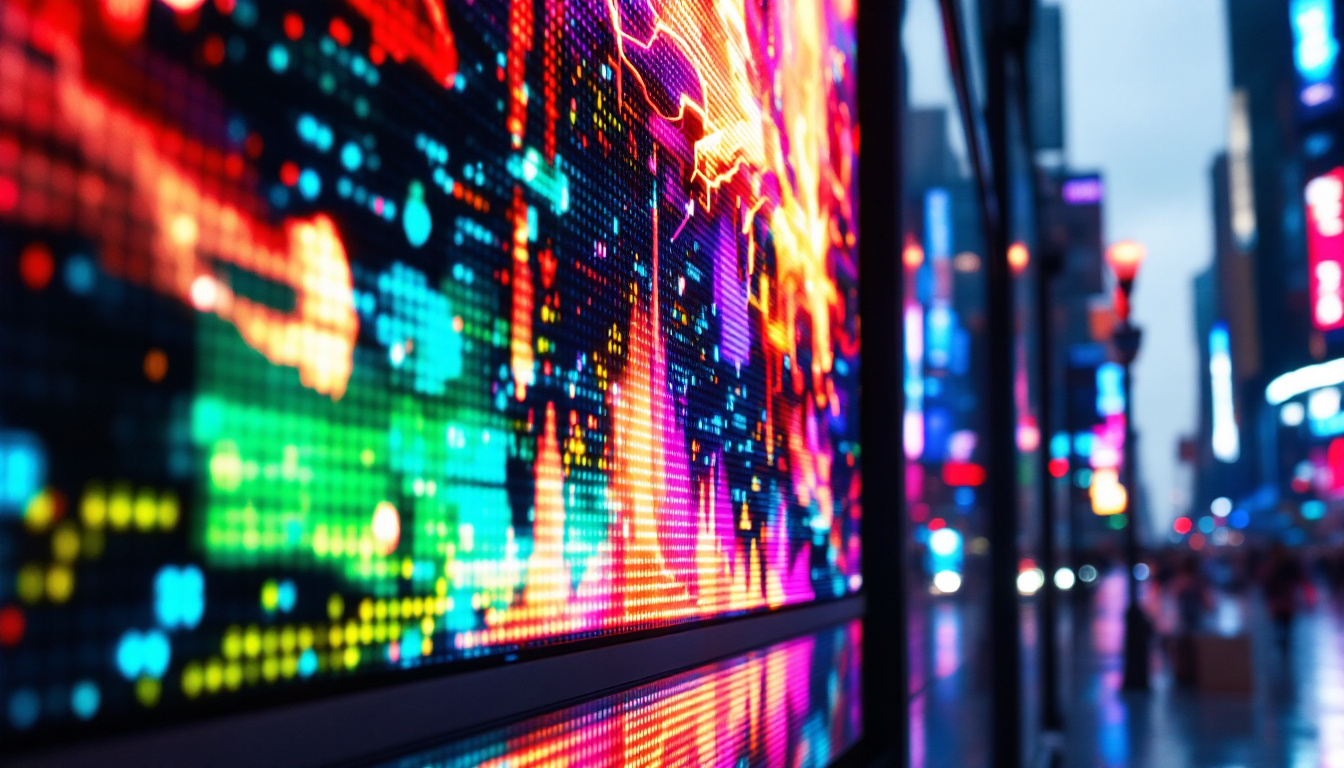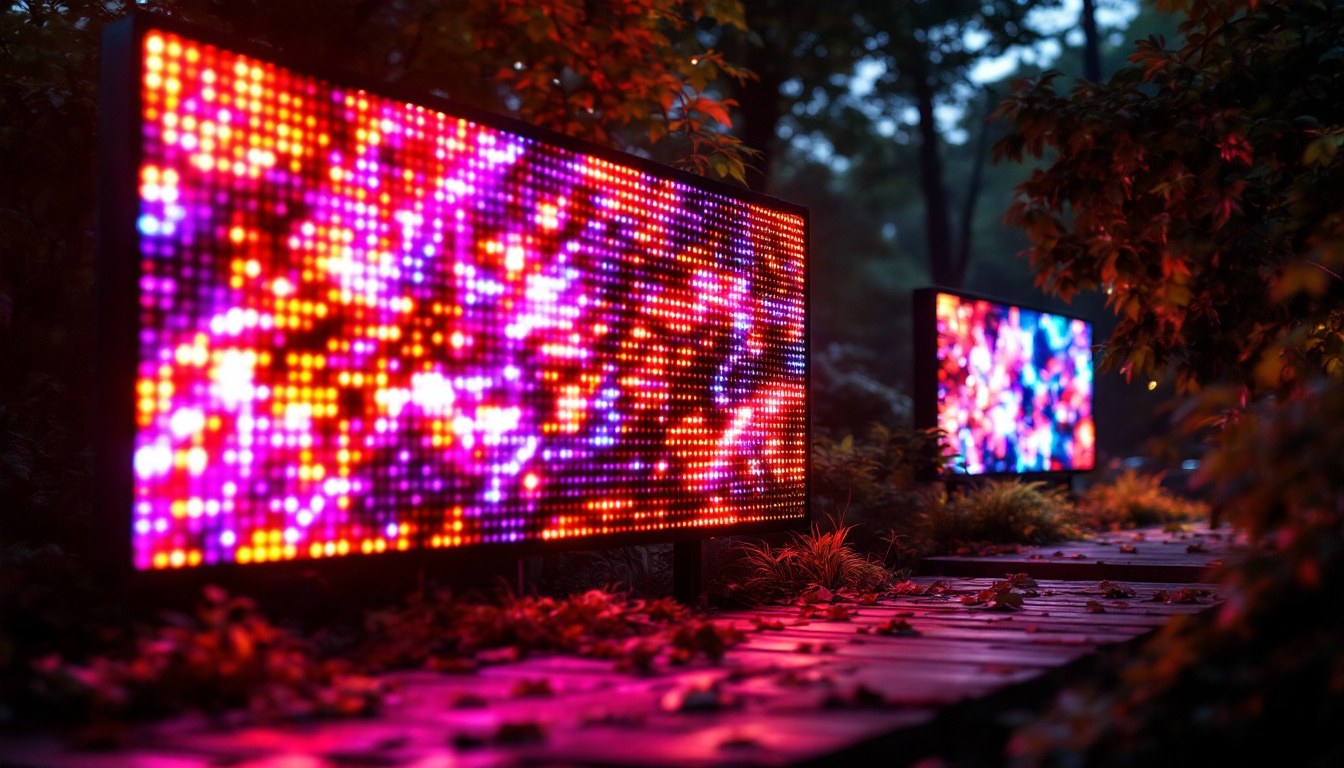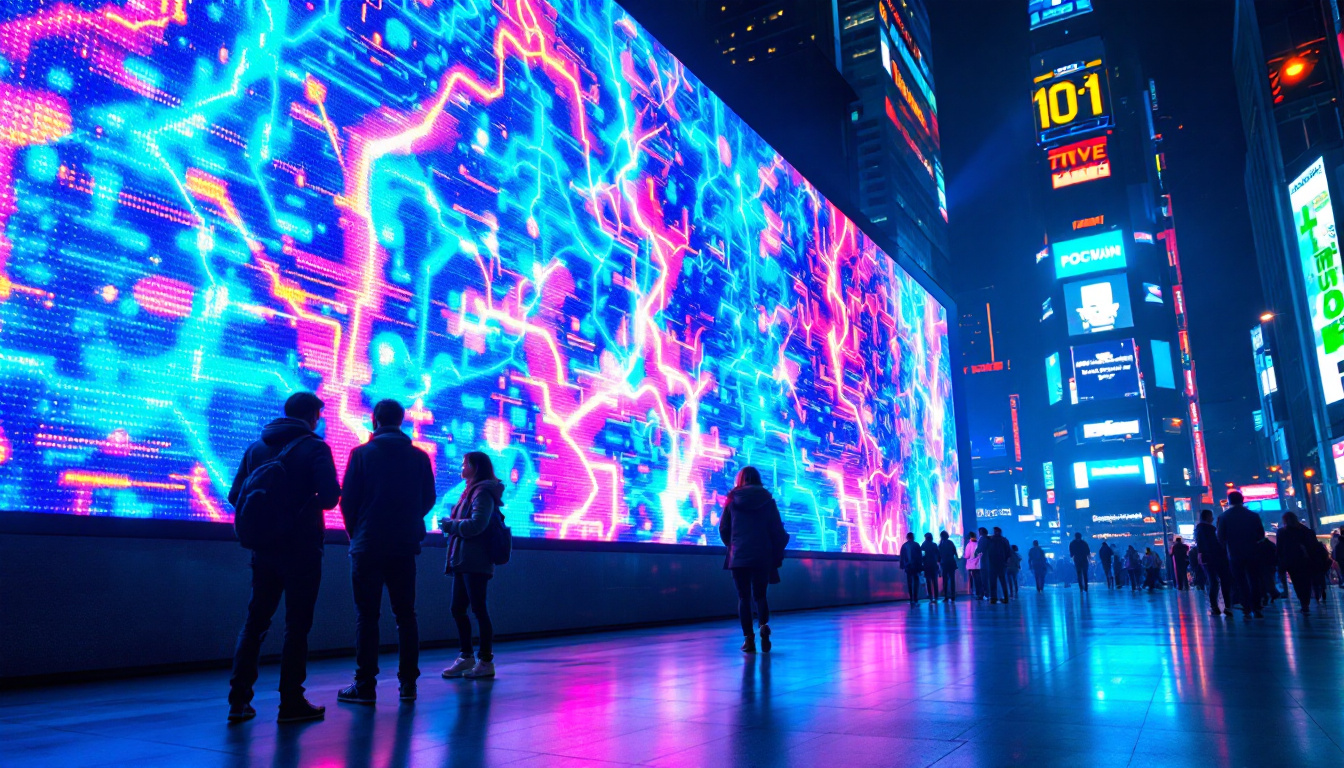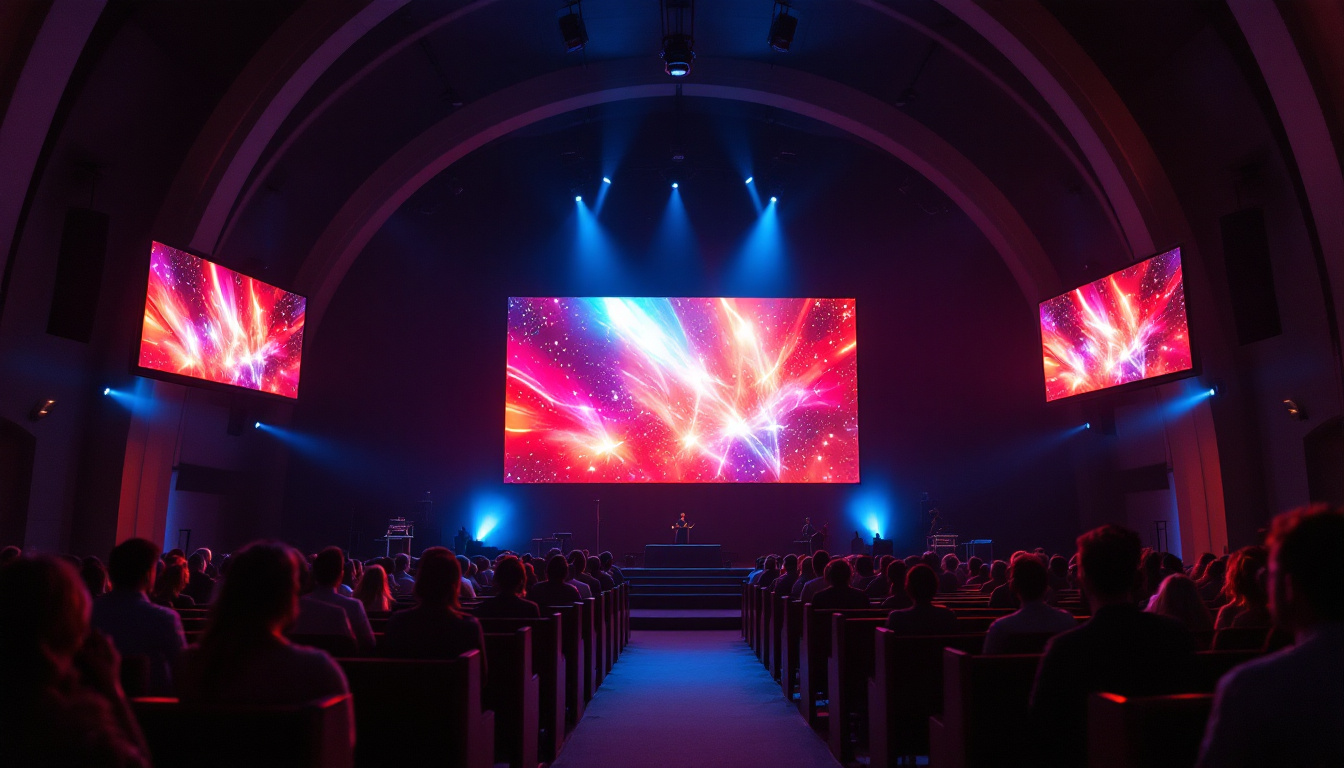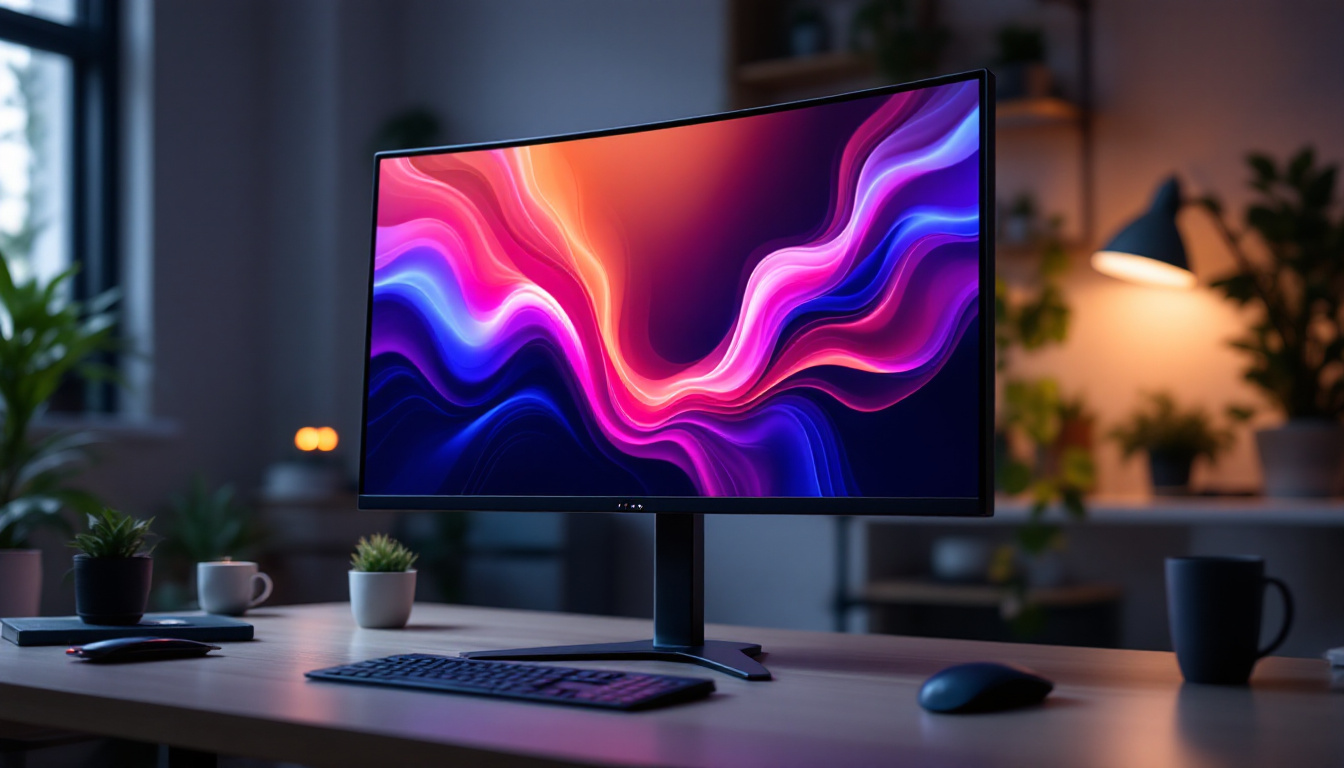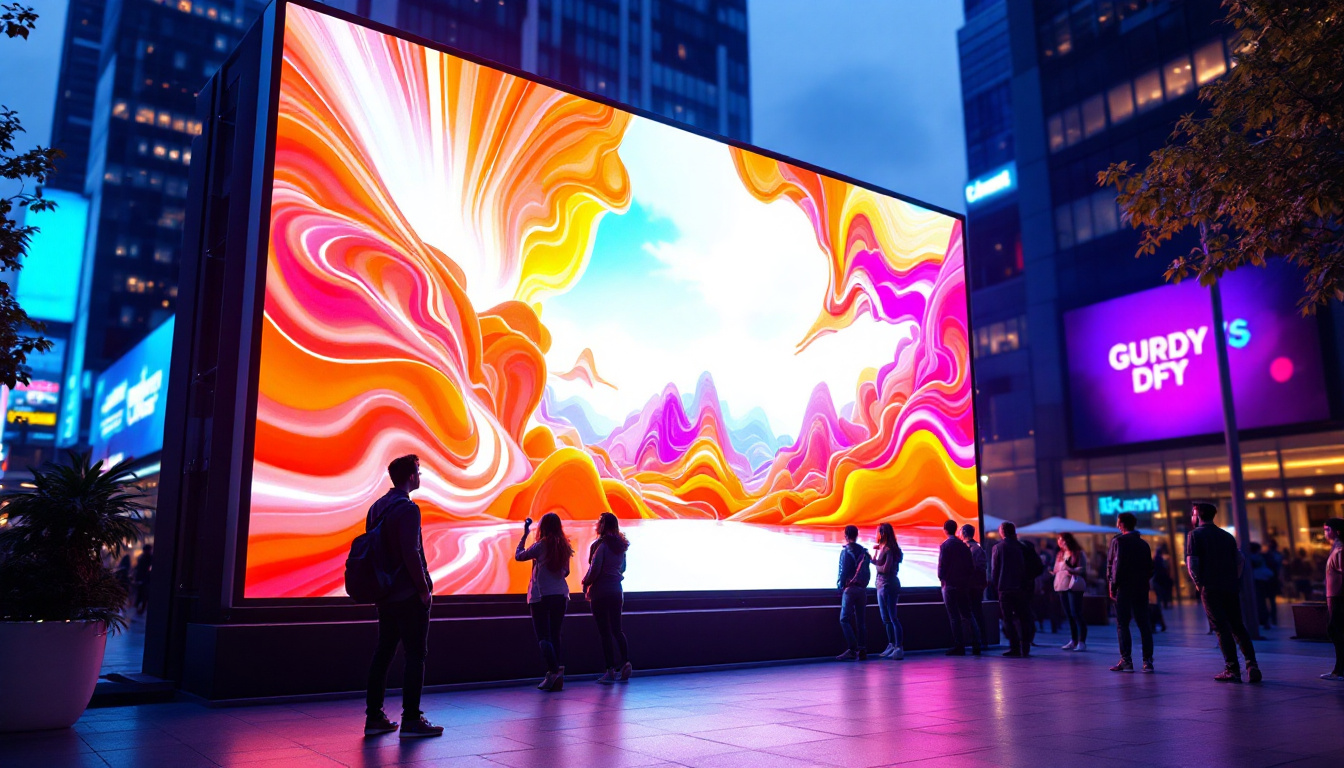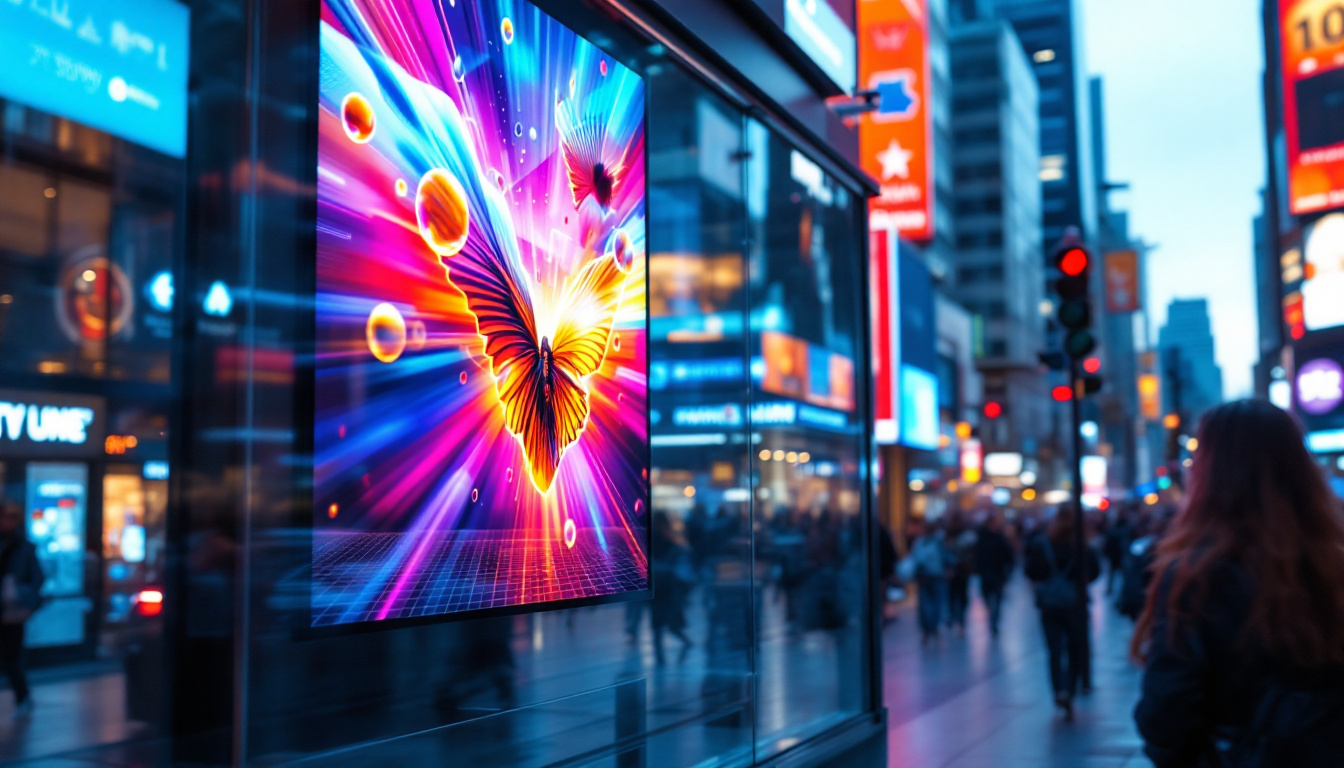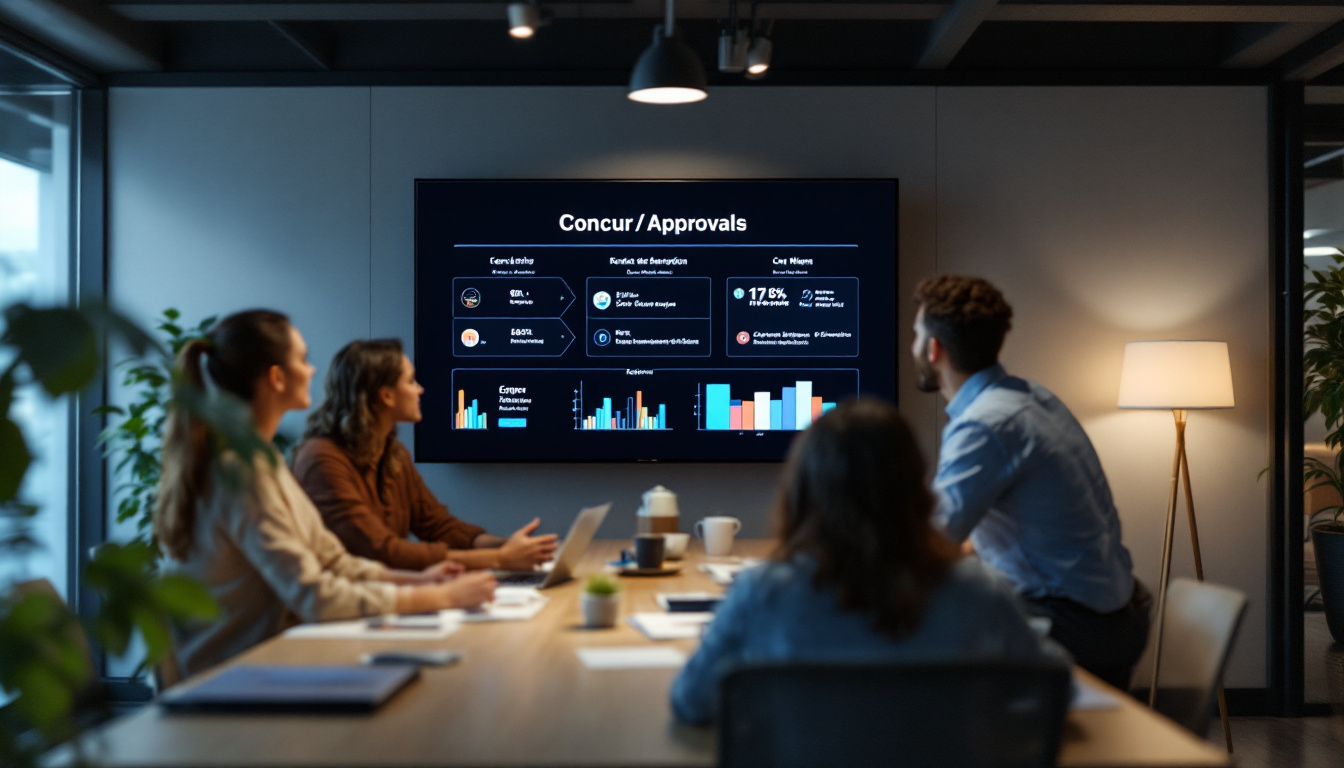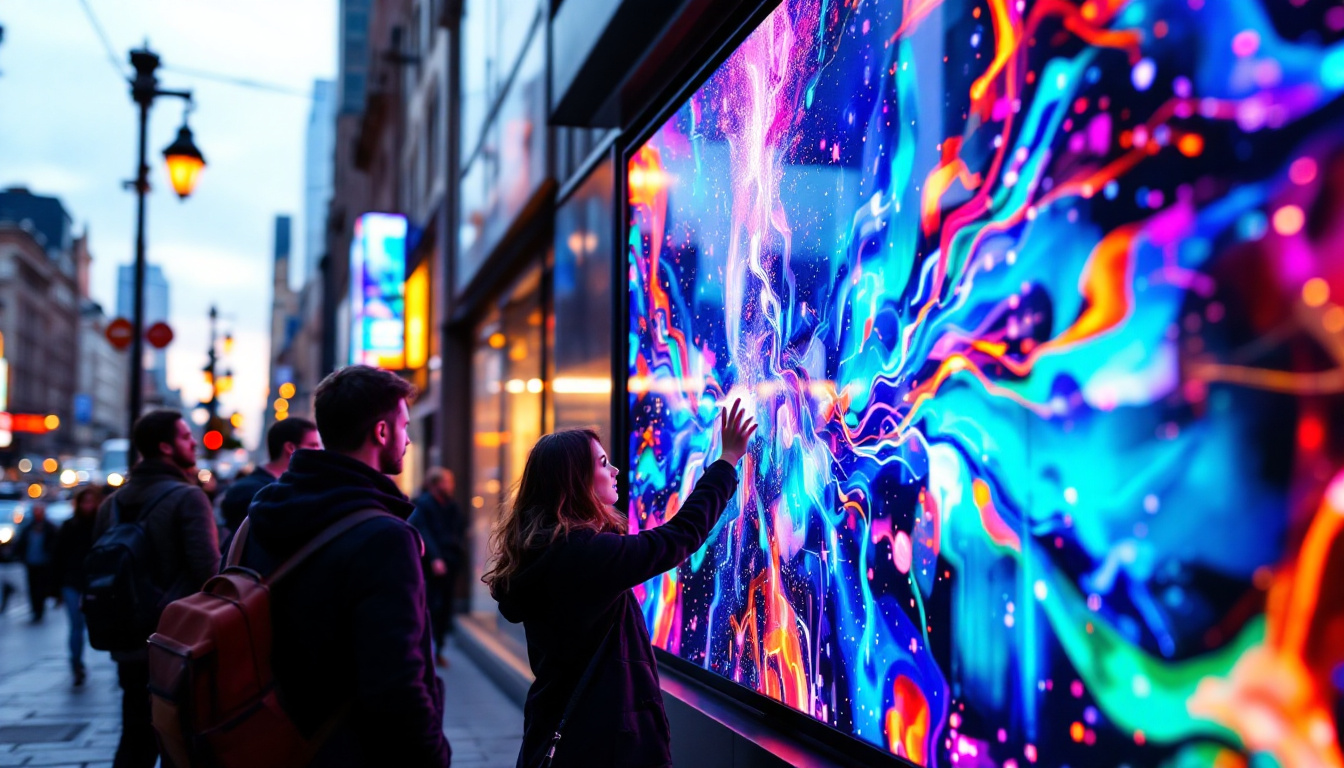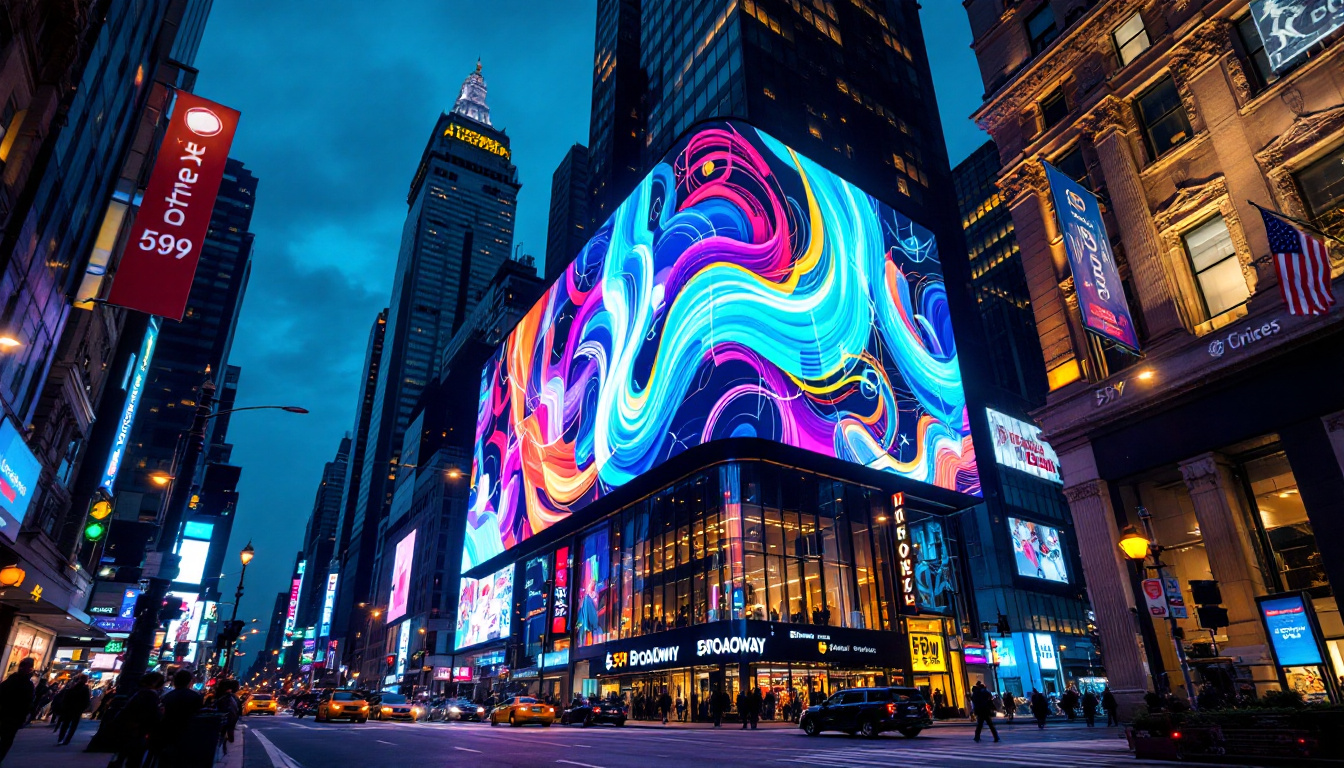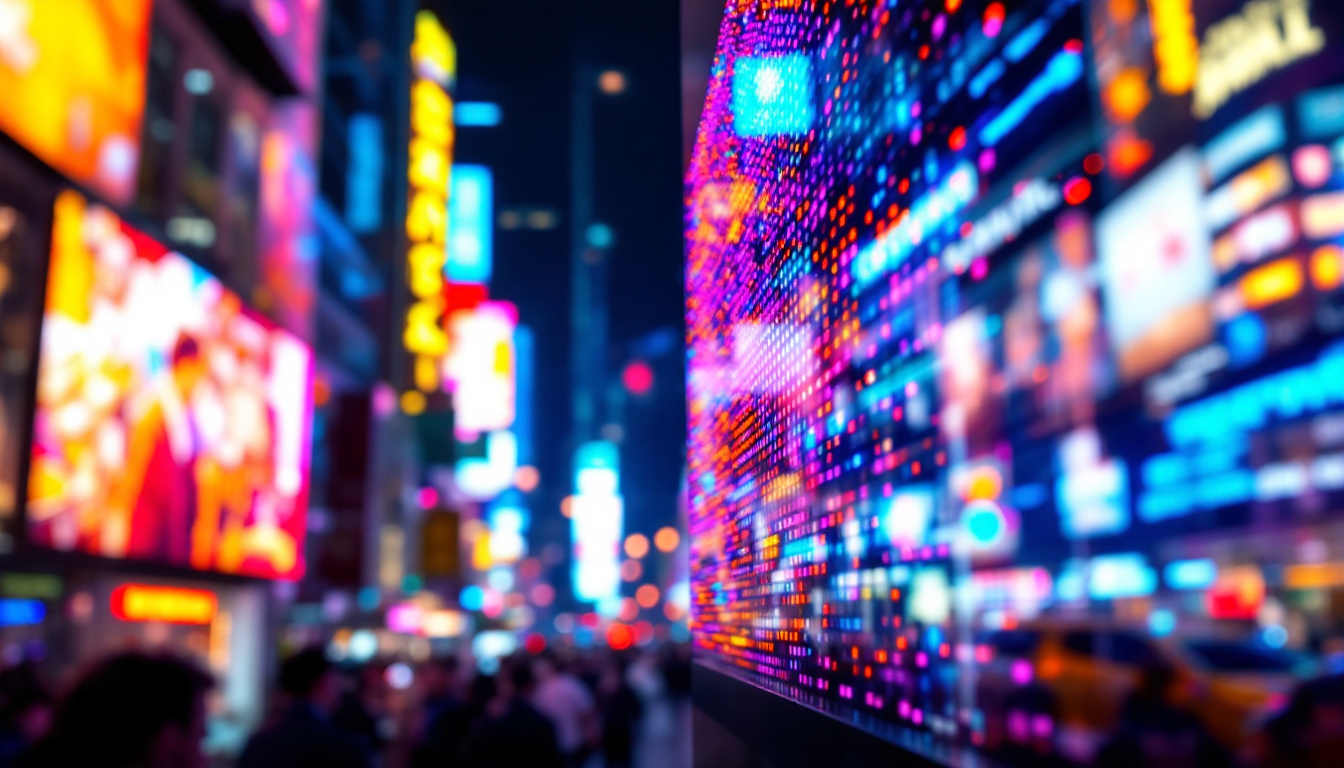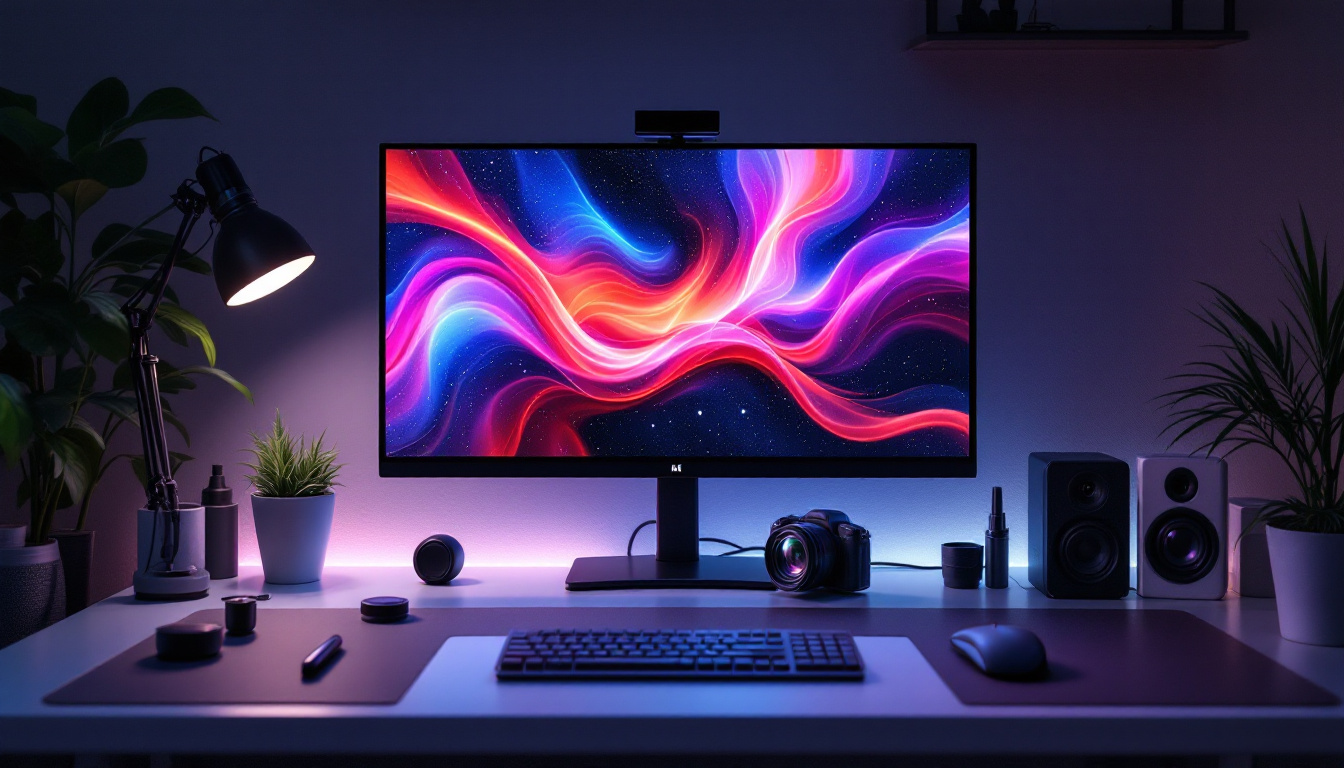In the modern world of advertising and information dissemination, LED displays have emerged as a prominent technology. Their versatility and visual appeal make them suitable for various applications, from vibrant billboards to informative displays in public spaces. This article delves into the intricacies of wall and ground LED displays, exploring their features, benefits, and applications.
Understanding LED Technology
Light Emitting Diodes (LEDs) are semiconductor devices that emit light when an electric current passes through them. This technology has revolutionized the way displays are designed and utilized, providing an energy-efficient and durable solution for visual communication. The compact size and versatility of LEDs have enabled their integration into a wide array of applications, from simple indicator lights to complex video walls, enhancing both functionality and aesthetic appeal in various settings.
The Basics of LED Displays
LED displays consist of numerous tiny LEDs arranged in a grid format. Each pixel is made up of red, green, and blue diodes, which can be combined in various intensities to produce a wide spectrum of colors. This capability allows for high-resolution images and videos, making LED displays ideal for dynamic content. Furthermore, advancements in technology have led to the development of high-density LED displays, which provide even finer pixel pitches, resulting in sharper images that are particularly beneficial for close viewing distances.
One of the key advantages of LED displays is their brightness. Unlike traditional display technologies, LEDs can produce vibrant images even in direct sunlight, making them suitable for outdoor environments. Additionally, they consume less power, contributing to lower operational costs. The longevity of LED technology is another significant benefit; with a lifespan of up to 100,000 hours, LEDs reduce the frequency of replacements and maintenance, further enhancing their cost-effectiveness over time.
Types of LED Displays
LED displays can be categorized into several types based on their application and installation method. The most common types include:
- Indoor LED Displays: Designed for indoor use, these displays are typically used in venues such as shopping malls, conference centers, and theaters. They often feature higher resolution and finer pixel pitch to ensure clarity in environments with controlled lighting.
- Outdoor LED Displays: Built to withstand harsh weather conditions, outdoor displays are commonly found in stadiums, billboards, and public transport stations. These displays are engineered with robust materials and protective coatings to ensure durability against rain, wind, and UV exposure.
- Transparent LED Displays: These innovative displays allow for visibility through the screen, making them perfect for storefronts and exhibitions. By combining transparency with vibrant visuals, they create an engaging experience that captures the attention of passersby while maintaining the aesthetic of the surrounding environment.
Another emerging type is the flexible LED display, which can be bent or shaped to fit unique spaces and designs. This adaptability opens up new possibilities for creative installations in art, architecture, and advertising, allowing designers to push the boundaries of traditional display formats. As technology continues to evolve, we can expect to see even more innovative applications of LED technology that enhance our visual experiences in everyday life.
Wall LED Displays
Wall-mounted LED displays have become a staple in various environments, serving both aesthetic and functional purposes. Their ability to present high-quality visuals makes them a popular choice for advertising and information sharing.
Applications of Wall LED Displays
Wall LED displays are used in diverse settings, including:
- Retail Spaces: Retailers utilize wall displays to showcase promotions, new products, and brand messages. The engaging visuals can attract customers and enhance the shopping experience.
- Corporate Environments: In offices and conference rooms, wall-mounted displays are used for presentations, video conferencing, and internal communications, fostering collaboration and information sharing.
- entertainment venues: Concerts, theaters, and sports arenas use large wall displays to captivate audiences with dynamic visuals, enhancing the overall experience.
Advantages of Wall LED Displays
Wall LED displays offer numerous benefits, including:
- High Visibility: Their brightness ensures that content is easily viewable from a distance, making them effective for advertising and information dissemination.
- Customizability: Wall displays can be customized in size, shape, and resolution, allowing businesses to create unique visual experiences that align with their branding.
- Low Maintenance: LED technology is known for its durability and longevity, reducing the need for frequent replacements and maintenance.
Ground LED Displays
Ground LED displays, often referred to as floor displays, are an innovative way to engage audiences. These displays are installed on the ground and can be used for various purposes, ranging from advertising to interactive experiences.
Innovative Uses of Ground LED Displays
Ground LED displays are becoming increasingly popular in several applications:
- Advertising: Brands are leveraging floor displays to create eye-catching advertisements that capture the attention of passersby. These displays can be particularly effective in high-traffic areas.
- Interactive Experiences: Ground displays can be designed to respond to foot traffic, allowing for interactive experiences that engage users in a unique way. This is particularly popular in museums and exhibitions.
- Event Staging: At events, ground displays can be used to create immersive environments, guiding attendees through different areas and enhancing the overall experience.
Benefits of Ground LED Displays
Ground LED displays offer several advantages that make them an appealing choice for businesses:
- Engagement: The unique placement of ground displays draws attention and encourages interaction, making them effective for marketing campaigns.
- Versatility: These displays can be used in various settings, from retail stores to outdoor festivals, providing flexibility for businesses.
- Durability: Designed to withstand foot traffic and environmental conditions, ground displays are built to last, ensuring a good return on investment.
Technical Considerations
When considering the installation of wall or ground LED displays, several technical aspects must be taken into account. These factors can significantly influence the performance and effectiveness of the display.
Resolution and Pixel Pitch
Resolution refers to the number of pixels in a display, while pixel pitch is the distance between the centers of two adjacent pixels. A smaller pixel pitch typically results in higher resolution and better image quality. For wall displays intended for close viewing, a smaller pixel pitch is advisable, whereas outdoor displays can utilize a larger pixel pitch due to the greater viewing distance.
Brightness Levels
Brightness is measured in nits, and it is crucial for ensuring visibility in various lighting conditions. Outdoor displays require higher brightness levels to combat sunlight, while indoor displays can operate effectively at lower brightness. It is essential to choose a display that meets the specific environmental requirements of its installation location.
Installation and Maintenance
The installation and maintenance of LED displays are critical components that can affect their longevity and performance. Proper installation ensures that displays are securely mounted and optimized for visibility.
Installation Best Practices
When installing wall or ground LED displays, consider the following best practices:
- Site Assessment: Conduct a thorough assessment of the installation site to determine the best location for visibility and accessibility.
- Professional Installation: Engage professional installers who have experience with LED technology to ensure that the display is mounted correctly and safely.
- Testing and Calibration: After installation, it is essential to test and calibrate the display to ensure optimal performance and image quality.
Maintenance Tips
Regular maintenance is vital for keeping LED displays in top condition. Here are some maintenance tips:
- Cleaning: Dust and debris can accumulate on the display surface, affecting visibility. Regular cleaning with appropriate materials is recommended.
- Software Updates: Keep the display’s software up to date to ensure optimal performance and security.
- Regular Inspections: Conduct routine inspections to identify any potential issues before they escalate into significant problems.
Future Trends in LED Display Technology
The LED display industry is continuously evolving, with new technologies and trends emerging that promise to enhance the capabilities and applications of these displays.
Advancements in Technology
As technology advances, LED displays are becoming more sophisticated. Innovations such as flexible LED screens, which can be bent and shaped to fit various surfaces, are gaining popularity. Additionally, improvements in energy efficiency and color accuracy are making LED displays even more appealing for businesses.
Integration with Smart Technology
The integration of LED displays with smart technology is another trend to watch. Displays that can connect to the internet and utilize data analytics for targeted advertising are becoming increasingly common. This capability allows businesses to tailor their content to specific audiences, enhancing engagement and effectiveness.
Conclusion
Wall and ground LED displays represent a dynamic and effective means of communication in today’s fast-paced environment. Their versatility, brightness, and ability to engage audiences make them an invaluable asset for businesses across various sectors. As technology continues to evolve, the potential applications for LED displays will only expand, making them a crucial component of modern advertising and information dissemination strategies.
Investing in high-quality LED displays, coupled with proper installation and maintenance, can lead to significant benefits for businesses looking to enhance their visibility and engagement. As the industry progresses, staying informed about the latest trends and advancements will ensure that organizations can leverage these powerful tools to their fullest potential.
Discover LumenMatrix LED Display Solutions
Ready to elevate your visual communication strategy with cutting-edge LED technology? Explore LumenMatrix’s comprehensive range of LED display solutions, designed to captivate your audience and amplify your message. From Indoor and Outdoor LED Wall Displays to innovative Floor LED Displays and beyond, LumenMatrix is committed to revolutionizing your brand’s presence. Check out LumenMatrix LED Display Solutions today and experience the future of dynamic and engaging visual displays.

